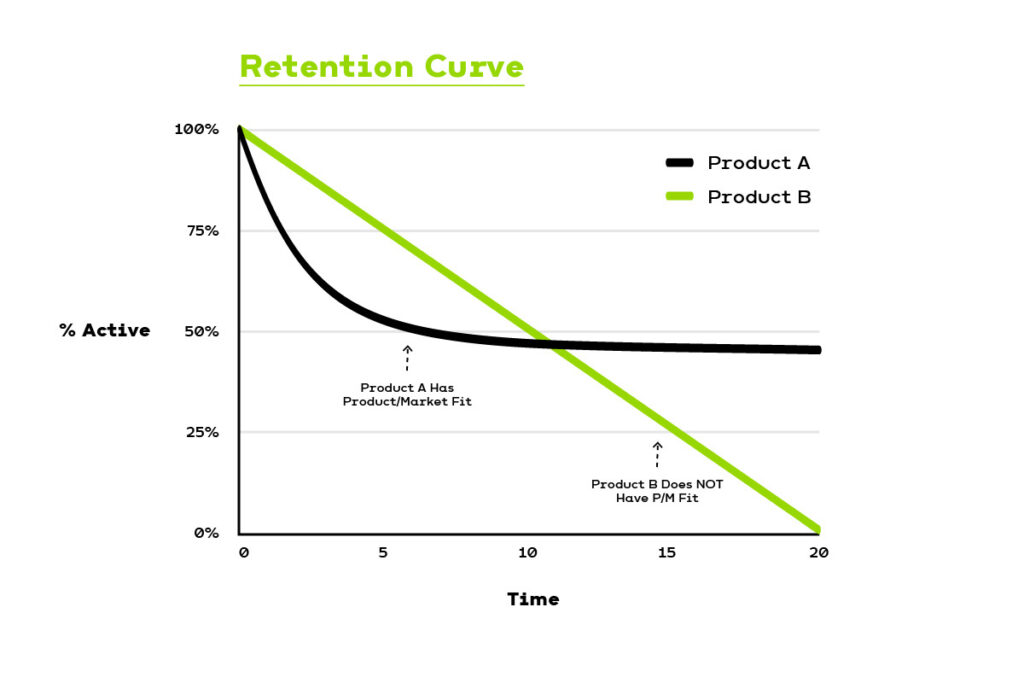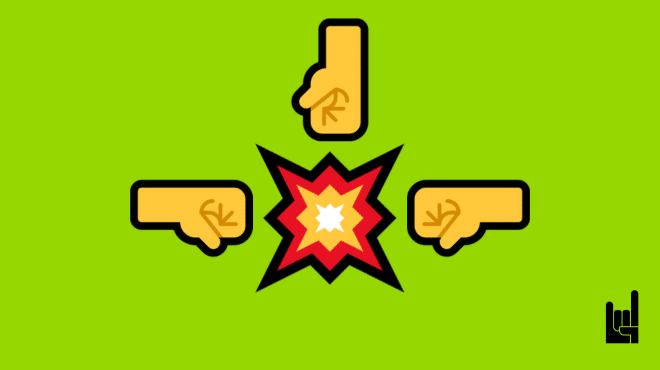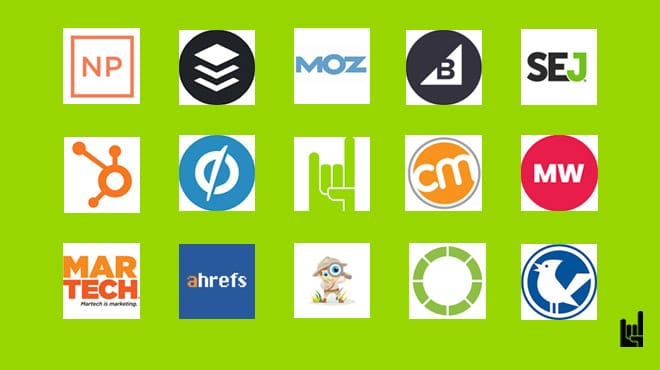A problem you’ve observed that exists and you now want to solve.
You probably face this very problem yourself daily.
So you try to find a solution for this problem: a product that will bring the solution – and the right team to build this product.
Sooner or later, you will have to ask yourself: am I on the right path? Do I actually bring value to the market? And does the market know I do?
This is where product-market fit comes in.
What is Product-market Fit?
Product-Market fit is the stage in which a product has found its place in the market. It means that there’s market demand for the product you are selling.
Achieving product-market fit means that there are enough people buying your product that you have achieved profitability and can sustain the product’s growth.
In practice, it means that your product is actually solving certain problems of certain people.
Why is Product-Market Fit Important?
Before we answer why is product-fit important, we should ask ourselves one more question: important for whom?
For the business, finding product-market fit is important because it means that you’ve created profitability – the very essence of any business. Finding it also means that you have the foundations upon which you will build the growth of your product.

For the investors, product-market fit is important because it’s the proof they are looking to invest in a healthy product and -potentially- see a return on their investment. Without this proof, it would look more like a gamble than an investment.
Therefore, before you even think about launching a product, you need to make sure that you have first measured its product-market fit.
How to Measure Product-Market Fit?
Now that you know what product-market fit is, and its importance, you will probably want to know how to find product-market fit as well. So, how does one know they’ve found product-market fit?
We should be clear: There are no standard growth metrics to measure product-market fit. Regardless, many companies, as well as product marketing agencies and startup marketing agencies working with companies that managed to find product-market fit, tried to give answers to questions such as:
– Is there any demand for the product?
– What is the customer retention rate?
– Do users suggest the product to their friends, family, and network?
At the very least, there are signs of product market fit you can keep in mind but it’s always a good idea to keep track of certain hard metrics.
Signs & metrics of product-market-fit
There are some of the most common signs that you achieved product-market fit.
- A high growth rate, which means that there’s high demand for the product.
- The product shows high levels of user engagement, conversion, and sales.
- Free users are using your product
- Users are buying your product after the trial period.
- Sales cycles are fast
Although these signs are a good indication of the state of the product-market fit, they are just that – indications. For better results, you will have to apply both qualitative and quantitative metrics. The most common metrics are those that follow.
1. Customer Retention Rate
Customer Retention Rate, or CRR, shows the number of users who purchased your product and are still using it.

E.g.: if your company had 90 customers at the start of the period, added 20 customers over the period, and ended the period with 95 customers, then your customer retention rate would be 83.3%.
💡 If retention is close to 50% or higher, then you know that you have probably achieved product-market fit.
2. CLV/CAC ratio
The CLV to CAC ratio helps you in identifying the efficiency of your overall business operations. For example, if your CLV to CAC ratio is 3:1 then it means that for every single dollar you spend, you will earn an additional three dollars. Furthermore, it helps the company to evaluate its most valuable customers. And thus, they can bring more than the costs incurred in acquiring them.

E.g.: if the total customer lifetime value is $1000, and the customer acquisition cost is $100, then your CLV to CAC ratio will be 10:1. Here is the calculation:
CLV to CAC Ratio = $1000:100 = 10:1
💡 If the CLV:CAC ratio is 3:1 or higher, then that’s a very good sign of product-market fit.
3. Net Promoter Score
Net Promoter Score, or NPS, measures how likely is it that a user would recommend your product to someone else.
It is based on surveys, where the targeted audience is categorized under three primary categories: promoters, passives, and detractors. The questions asked to the audience are based on subjective ratings. For instance, on a scale of 1 to 10, how likely will you recommend a service to others?
Here is the formula to calculate Net Promoter Score:
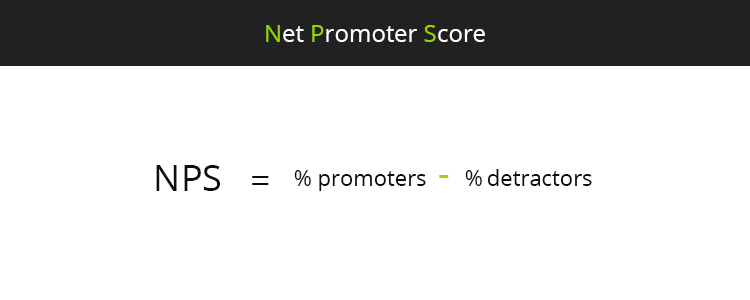
4. The ‘Sean Ellis Metric’
Sean Ellis, the well-known growth hacker, has created his own metric which can be measured through a survey. The survey is only 1 question asking this: “How would you feel if you could no longer use the product?’. Potential answers range from “very disappointed” to “I no longer use the product.
💡 If 40% answers ‘very disappointed’, then you probably have achieved product-Market fit.
This metric is better used for early-stage startups.
5 Ingredients for a Successful Product-Market Fit
1. MVP characteristics
The Product MVP (Minimum Viable Product) should have the following characteristics:
- Demoable
- Self-service
- Main-features
- Mechanisms to collect feedback
- Mechanisms to demonstrate user engagement
2. Landing page
Landing pages should be the bread and butter of your communication. An effective landing page explains the product to the visitor in the most direct way and converts the visitor into a customer.
The essential elements of a SaaS landing page are:
Header: short and clear with CTA that communicates the USP
Initial social proof: social proof from either clients or publications
Problem/ pain point intro: reassure the audience you are addressing THEIR problem
Solution showcase: 3–5 points on how the product can fix the problem introduce
Reinforcing benefits: how is your product different/ better?
Engagement points: from explainer videos to forms
More social proof: more testimonials showing people & businesses getting results
Final CTA: a strong sentence as your final chance to convert them
3. Advertising
Ads to fill the top of your growth funnel with users.
Running ads will help you:
- a) get a feeling of your ROAS (Return on Ad Spend)
- b) get the volumes you need to draw conclusions
Paid growth takes place when you use paid channels such as ads, retargeting, lookalikes, etc. An important customer acquisition tactic is to increase targeted and qualitative sign ups/traffic & acquire new users through different channels.
PPC Channels
Sponsored banners: Banners on communities and websites related to your market or niche.
Google Adwords: Split ads in many different advert sets (e.g. interests, age groups, devices, audiences, etc).
A/B testing: Run A/B tests in the same ads with different copies, images, etc. Analyze the performance of the ads and keep the ones that perform better.
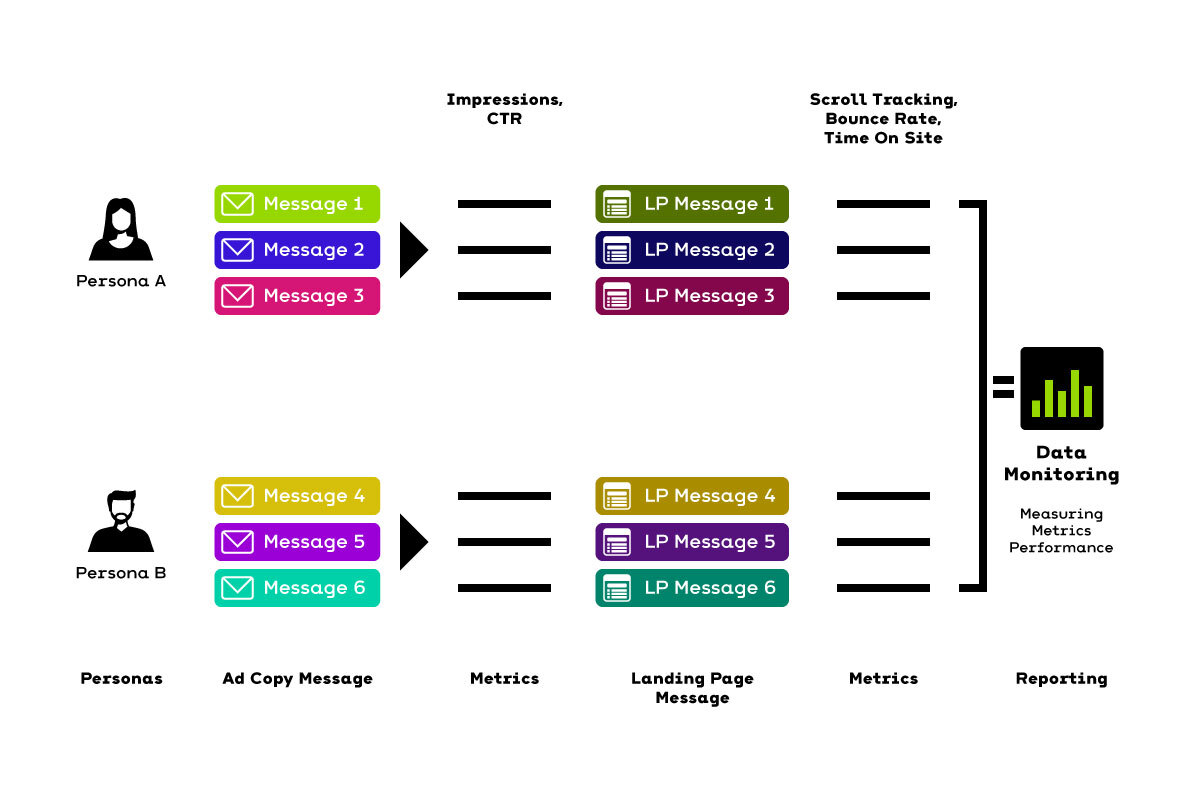
Lookalike email lists: With lookalike email lists you target audiences that are similar to those in our email lists. In particular, Facebook Lookalike Audiences is a Meta Platforms tool that allows you to target users that have similar characteristics to their existing users. Throughout the campaign, Facebook will be checking profiles and will connect with those that closely resonate with the customer audience. According to Facebook, you will need at least 1,000 emails to create an effective Lookalike Audience.
Keep in mind that a limited budget should not preclude any paid advertising. At the very least, even a limited set of PPC campaigns will give you insight into the makeup of the audience that is interested in your product.
The PPC Framework
Keyword research: Conduct comprehensive keyword research based on the commercial nature of the keyword, search volume, relevancy, and buyer intent.
AdWords setup: Setup your Adwords campaigns by grouping keywords into specific ad groups.
Copywriting & Design: Direct-response sales copywriting and graphic banner design to ensure you get the right people to click.
Optimization & Reporting: Optimize the ads and ad campaign daily to spend your ad budget on keywords that are making you money. Monthly reports presenting all key metrics with a focus on conversion rate and CPA (Cost Per Acquisition).
Analytics & tracking: Setup Google analytics and conversion tracking with integration to the website and contact forms.
4. Marketing automation platform
Marketing automation platforms handle repetitive tasks from your marketing channels. They can help you automate, streamline, and measure your marketing efforts.
Using a marketing automation platform comes with many benefits such as efficiency, scalability, and personalization. They can also help you to drive user engagement
Some of the most popular marketing automation platforms are ActiveCampagin, Sendiblue, Hubspot, Omisend, and Mailchimp.
5. Event management system
An event management system or SDK captures users’ events inside your app that prove the engagement between the user and the product. These applications are called CDPs (Customer Data Platforms) and they are used to help you get a ‘better view’ of your customer.
A good CDP makes it easy to add customer attributes from data (such as web chats, social media, and call notes) and provides the kind of customer experience that drives results: higher offer acceptance rates, a greater share of wallet, increased revenue, higher customer satisfaction, improved retention, and enhanced loyalty.
Typical examples are Segment, Intercom, Mixpanel, Rudderstack, and Pendo.
Epilogue
Product-market fit is the proof you need that you have a solution that people care about. Enough people to keep said solution -and your business- running.
No matter if you are vertical or horizontal SaaS you ought to find out whether you’ve found product-market fit. Hopefully, you now know not only how to “read the signs” of product-market fit but also have specific metrics to measure it.
And then what? Well, then it’s time for some growth hacking!
Are you building a product and looking to achieve product-market fit? Just let us know!
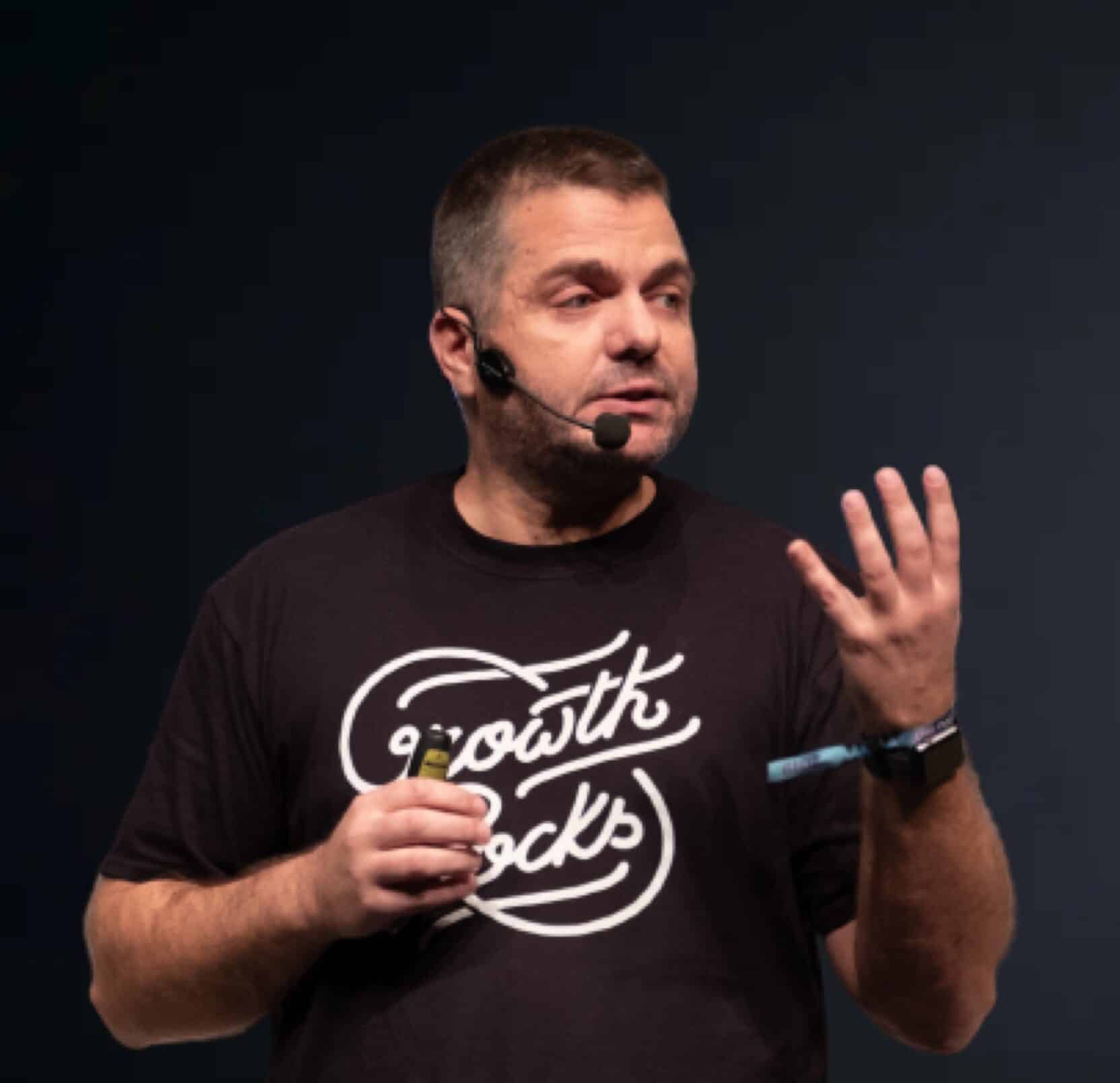
Theodore has 20 years of experience running successful and profitable software products. In his free time, he coaches and consults startups. His career includes managerial posts for companies in the UK and abroad, and he has significant skills in intrapreneurship and entrepreneurship.
